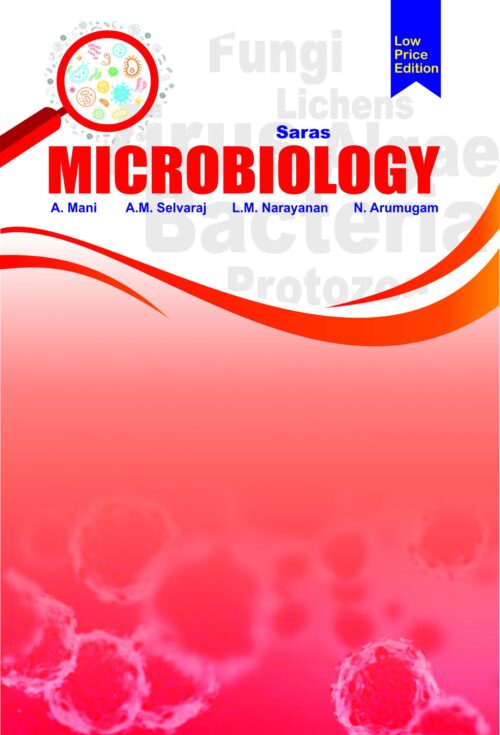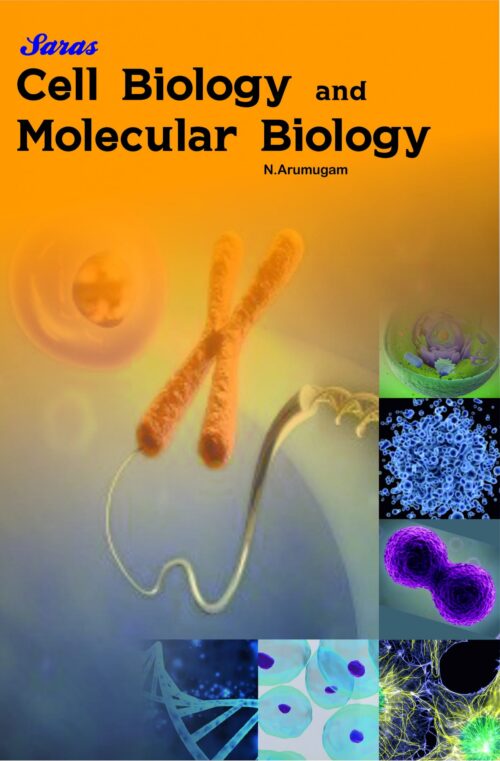Description
Contents
1. Introduction to Biotechnology
2. Biomolecular Methods
3. Nucleic Acids as Genes
4. Genetic Engineering
5. Tools for cutting and Joining DNAs
6. Gene Cloning Vectors: A General Account
7. Plasmids: Gene Cloning Vectors for Bacteria
8. Bacteriophage Vectors
9. Gene Cloning Vectors for Yeast, Fungi and Algae
10. Gene Cloning Vectors for Plants
11. Gene Cloning vectors for Animals
12. Preparation of Desired DNA
13. Invitro Construction of rDNA
14. Introduction of Recombinant DNAs into Host Cells (Gene Transfer Methods)
15. Gene Cloning Strategies
16. Selection (Screening) of Recombinants
17. Expression of Cloned Genes
18. Genetically Engineered Microorganisms
19. Transgenic Plants
20. Transgenic Animals and their Uses
21. Risks of Releasing Genetically Engineered Organisms (GEOs)
22. Polymerase Chain Reaction (PCR)
23. DNA Sequencing
24. Site-Specific Mutagenesis
25. DNA Fingerprinting
26. Molecular Markers and their applications
27. Genomics
28. Proteomics
29. Genetic Counselling for Human Welfare
30. Bioinformatics
31. Nanobiotechnology
32. Drug Designing
33. Gene Therapy
34. Monoclonal Antibodies (MCAs)
35. Plant Tissue Culture
36. Protoplast Technology
37. Cryopreservation technology
38. Biological Nitrogen Fixation
39. Biofertilizers
40. Microbial Production of Plant Growth Hormones
41. Biological Control
42. Single Cell Proteins (SCPs)
43. Mushroom Cultivation
44. Animal Cell and Tissue culture
45. Animal Cloning
46. Assisted Reproductive Technology (ART)
47. Animal Bioreactors
48. Fermentation Technology
49. Fermentation Process
50. Enzyme Technology
51. Primary Metabolites
52. Production of Antibiotics
53. Biosensors and Biochips
54. Biofuels
55. Plant Biomass
56. Biotechnology in Pollution Control
57. Biological Waste Treatment
58. Biological Monitoring of Hazardous wastes
59. Biomining
60. Regulations in Biotechnology
61. Laboratory Works
62. Spotters
63. Glossary











Reviews
There are no reviews yet.